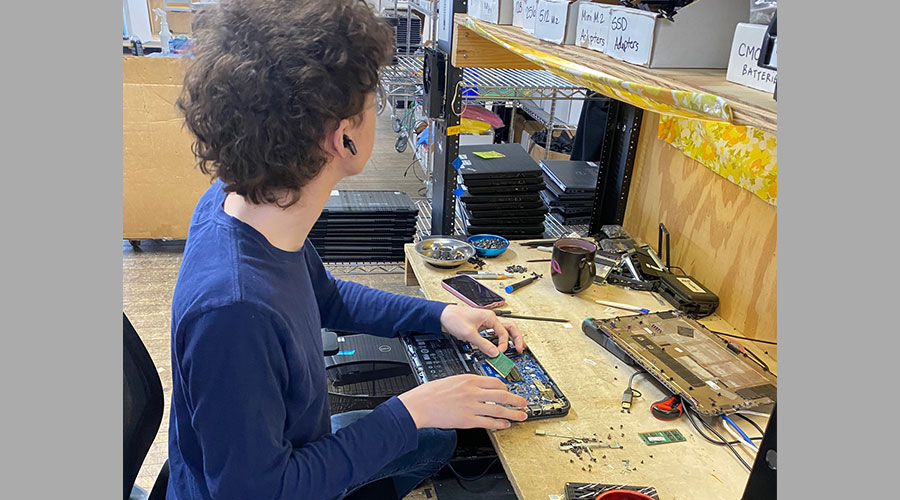LEED-EBOM Recertification Helps Ensure Green Building Progress
By Greg Zimmerman, Executive Editor
OTHER PARTS OF THIS ARTICLEPt. 1: This Page
If Michael Arny had his druthers, LEED for Existing Buildings: Operations and Maintenance (LEED-EBOM) certification plaques would come with a well-known disclaimer: "Past performance is no guarantee of future results." A LEED-EBOM certification is not a set-it-and-forget-it proposition. It’s a great achievement, to be sure, but if it’s been a few years since the certification, and facility managers have moved on to other projects, chances are a few of the environmental initiatives that contributed to the certification have lapsed a bit.
"What does a two- to three-year-old plaque tell you about a building’s performance and sustainability now?" says Arny, who is the president of the Leonardo Academy. "It illustrates a past level of performance, but it doesn’t say much about today."
That’s why the LEED-EBOM rating system requires that facility managers recertify their facilities at a regular frequency — between one and five years. The idea is to make sure facility managers make continuous improvement as much a priority as the initial LEED-EBOM certification plaque was. In other words, LEED-EBOM recertification is a quasi-commissioning process for the entire facility management operation. It helps facility managers keep their eyes on the prize, making sure environmental goals don’t fall by the wayside.
"LEED recertification is a course correction," says Arny. "It maintains the high performance, and verifies delivery of documentation on an ongoing basis. Ultimately, it increases efficiencies."
Oftentimes, the question arises: "Certification was expensive enough, so why should I spend the extra money on the recertification fees?" Arny says the answer is the same as for those who wonder whether certification is worth it in the first place: Third-party verification adds value. Increasingly, upper managers evaluate performance on hard data, not on trust. "Your internal audience is looking for verified performance," says Arny. "Being secretive is not possible anymore. They’re looking for documentation of sustainable performance." A LEED-EBOM recertification provides that third-party documentation.
Arny says he recommends a recertification every two to three years. Eventually, though, he says he hopes to see facility managers make recertification an annual goal. That way, it can be included in the annual budget and be a factor in the department’s performance evaluation.
When facility managers receive their certification, Arny says it’s a good idea to register for recertification right away. That way, facility managers lock in the version of the LEED-EBOM rating system they’ll be working with and also give themselves a deadline to complete the recertification. It’s also a good time for goal-setting — moving up a few Energy Star points, or even a level of LEED-EBOM certification, for instance.
Related Topics:











